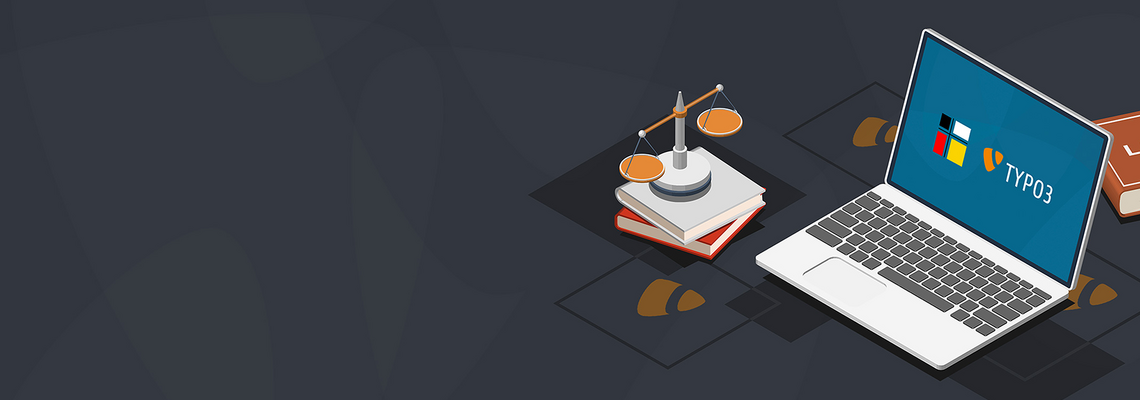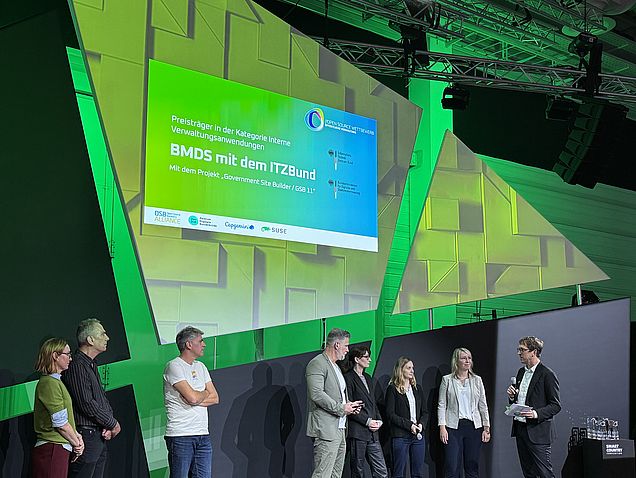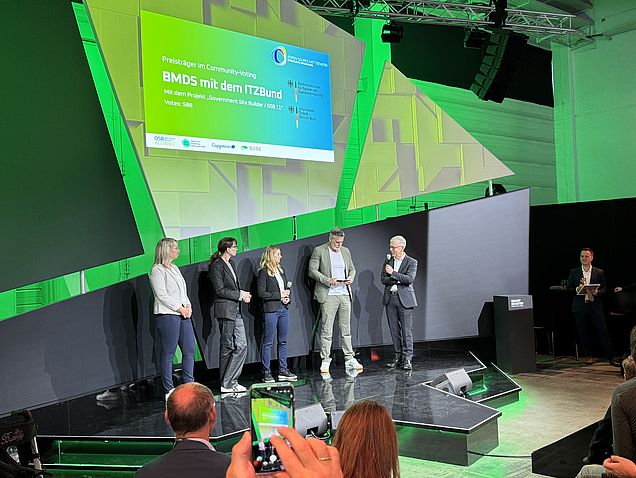
Digitalization with Plan B: Standardization instead of cost drivers
Whether at trade fairs, conferences, or other events, everyone is talking about "digitalization." But what does this term actually mean? The truth is that it is often used as nothing more than a buzzword and an umbrella term for “this is going to be expensive.” However, the digitalization of business processes does not necessarily have to be expensive and complex – because while many companies are touted “customized solutions,” the majority of the requirements that are actually needed can often be implemented with standard solutions. But how did this discrepancy come about? Let's consider the two options for implementing such a digitalization project.
Plan A: Individual development
The classic "Plan" is not about reinventing the wheel — it’s about designing the right vehicle when the road itself is new. Custom development becomes indispensable when organizations face unique business models, integrate legacy infrastructure, or seek differentiation as a strategic asset.
In these cases, custom development is not a luxury, but a long-term investment in autonomy. Agencies play a crucial role here: translating deep domain knowledge into technical architecture that standard solutions simply can’t anticipate.
Successful individual development does not mean “build everything from scratch.” It means designing smart interfaces between existing standards and business-specific logic — so that the custom layer becomes the innovation layer, not the maintenance nightmare.
The best individual projects follow a modular mindset: reuse where it makes sense, customize where it creates value.
Plan B: Standard solutions for standard problems
Bold Claim: Virtually every digitalization problem has already been solved in one way or another. This is especially true when we talk about the requirements of companies in the SMB or enterprise sector. Standard solutions and customization are not mutually exclusive—just because you rely on a standard solution to cover most of your requirements does not mean that you cannot add further requirements through individual extensions.
Using standard solutions is not about sacrificing functionality, but about the sensible and targeted use of resources. If a standard solution covers 80% of your requirements, use it. The remaining 20% can be supplemented in a targeted manner – more efficiently and sustainably.
Another advantage: the use of established open source solutions prevents vendor lock-in and allows flexibility in the selection of providers as well as easy switching. A strong community further supports the continuous development of all relevant components, ensuring that end customers are not suddenly faced with technical dead ends.
Standard solutions in TYPO3 practice
GSB 11: A prime example of standardization in digitization
A glance at the public sector shows that this approach works not only for SMEs, but also for complex government landscapes. In 2023, the Federal Ministry of the Interior and Homeland (BMI) and the Federal Information Technology Center (ITZBund) decided to base the latest iteration of Government Site Builder (GSB11) on TYPO3 CMS as part of their service consolidation measures. With this decision, the two institutions not only underlined the relevance and raison d'être of open source solutions in the public sector, but also signaled a move away from proprietary software financed by taxpayers' money. After all, public money should always flow into public code – right?
A lot has happened in the GSB 11 project since the decision was made two years ago – the first projects have been successfully migrated, and at this year's Smart Country Convention, the initiative was honored with not one, but two awards in the Open Source Business Alliance's open source competition:
- Winner in the “internal administrative applications” category
- Winner in the community voting
These awards not only signal the relevance of the project in everyday project work, but also the support for this solution by the active TYPO3 community. An overview of GSB11 migrations that have already been successfully completed can be found here or exclusively at this year's TYPO3 Conference 2025 in Düsseldorf.


The team behind the GSB project from ITZBund is on stage at the Smart Country Convention, receiving their Open Source Competition awards.
toujou – the website builder with TYPO3
Another example of standard solutions without compromises
We often hear at various events that companies are moving away from TYPO3 because they need a “smaller” solution and TYPO3 would be too powerful for them. This prejudice persists, even though an excellent solution for precisely these use cases has been available for several years: toujou. As a TYPO3-based SaaS solution, toujou combines the strengths of a modern content management system with the efficiency of a website builder.
The provider is responsible for the technical maintenance and support of the system, while the customer can enjoy all the advantages of conventional website builders: colors, fonts, and logos can be easily customized, and more than 150+ content elements are available out-of-the-box. So why forego accessibility, convenient content management, and the tried-and-tested functionalities of TYPO3 and migrate to systems with compromises? That's right, there's no good argument for it. So try it out for yourself and see: websitebuilder.typo3.com.
Learnings & Take-Aways
When analyzing your needs, take an iterative approach. Instead of trying to create a jack-of-all-trades solution, define MVP features and critically examine whether there are standard solutions available for your requirements. After all, digitalization does not have to be a cost driver—those who focus on standardization rather than individualization will achieve more sustainable, cost-effective, and future-proof digitalization.

